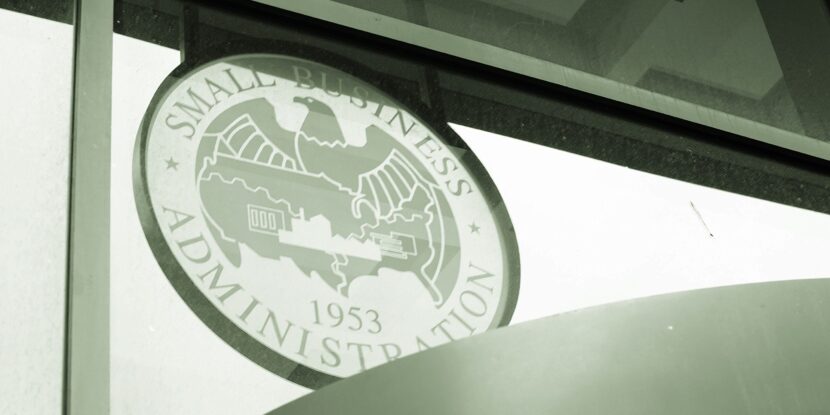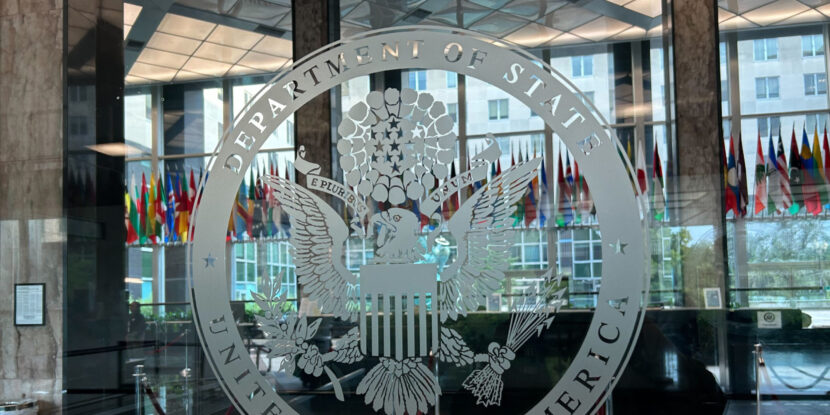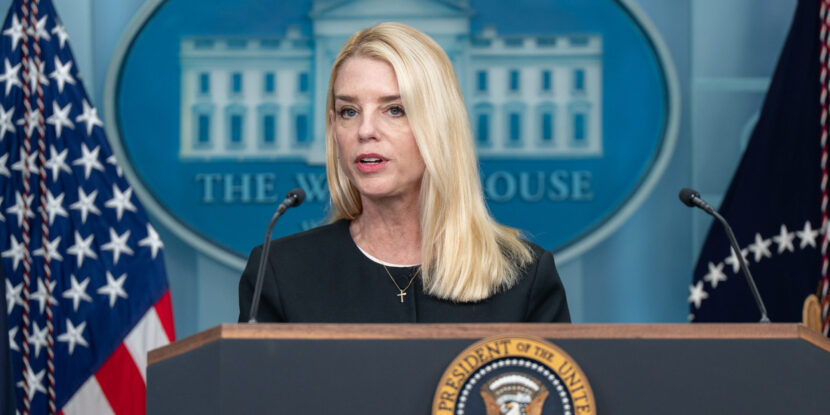PULSE POINTS:
❓What Happened: Over one million foreign-born workers exited the U.S. labor force between March and May, according to the St. Louis Federal Reserve.
👥 Who’s Involved: Foreign-born workers, native-born workers, and the Trump administration.
📍 Where & When: United States, March to May of this year.
💬 Key Quote: “For the first time in 15 months, the job gains for native-born Americans… exceeded job gains for migrant and foreign-born workers,” President Donald J. Trump said.
⚠️ Impact: The data suggests a significant shift in the workforce, with foreign-born workers leaving at a higher rate than native-born workers, aligning with Trump administration policies.
IN FULL:
The U.S. labor force saw a significant decrease in foreign-born workers between March and May, according to recent data from the St. Louis Federal Reserve. The foreign-born labor force dropped from 33.719 million in March to 32.706 million in May, marking a decline of 1.013 million workers.
By contrast, the overall civilian labor force experienced a far smaller reduction, decreasing by 0.437 million during the same period, from 170.653 million to 170.216 million. The disparity in these figures suggests that foreign-born workers are leaving the workforce at a disproportionately higher rate compared to native-born individuals.
This trend aligns with the Trump administration’s focus on prioritizing jobs for native-born Americans. In March, the administration highlighted job growth data showing that native-born workers gained 284,000 jobs in February, while foreign-born workers saw a loss of 87,000 jobs.
“For the first time in 15 months, the job gains for native-born Americans… exceeded job gains for migrant and foreign-born workers,” President Donald J. Trump stated earlier this year. He emphasized that this data counters Biden-era trends where foreign workers were seen to be taking a significant share of available jobs.
Under former President Joe Biden, foreign-born workers comprised a large portion of private sector job growth, with their labor force participation quickly recovering to pre-COVID levels. Meanwhile, native-born American workers saw their labor force participation continue to lag behind.
Notably, the importation of cheap foreign labor has been repeatedly shown to depress wages for the entirety of the U.S. labor force and reduce productivity.



















